Many years ago, the scripting language Python, named after the British comedy troupe, replaced the venerable Perl on Linux. This means that every Linux distribution includes a Python interpreter by default. A pretty convenient thing, really. Or so it seems! If it weren’t for the pesky issue of security. But let’s start at the beginning, because this short article is intended for people who want to run software written in Python on Linux, but who don’t know Python or have any programming experience. Therefore, a little background information to help you understand what this is all about.
All current Linux distributions derived from Debian, such as Ubuntu, Mint, and so on, throw a cryptic error when you try to install a Python program. To prevent important system libraries written in Python from being overwritten by the installation of additional programs and causing malfunctions in the operating system, a safeguard has been built in. Unfortunately, as is so often the case, the devil is in the details.
ed@P14s:~$ python3 -m pip install ansible
error: externally-managed-environment
× This environment is externally managed
╰─> To install Python packages system-wide, try apt install
python3-xyz, where xyz is the package you are trying to
install.
If you wish to install a non-Debian-packaged Python package,
create a virtual environment using python3 -m venv path/to/venv.
Then use path/to/venv/bin/python and path/to/venv/bin/pip. Make
sure you have python3-full installed.
If you wish to install a non-Debian packaged Python application,
it may be easiest to use pipx install xyz, which will manage a
virtual environment for you. Make sure you have pipx installed.
See /usr/share/doc/python3.13/README.venv for more information.As a solution, a virtual environment will now be set up. Debian 12, and also Debian 13, which was just released in August 2025, use Python version 3. Python 2 and Python 3 are not compatible with each other. This means that programs written in Python 2 will not run in Python 3 without modification.
If you want to install any program in Python, this is done by the so-called package manager. Most programming languages have such a mechanism. The package manager for Python is called PIP. This is where the first complications arise. There are pip, pip3, and pipx. Such naming inconsistencies can also be found with the Python interpreter itself. Version 2 is started on the console with python, and version 3 with python3. Since this article refers to Debian 12 / Debian 13 and its derivatives, we know that at least Python 3 is used. To find out the actual Python version, you can also enter python3 -V in the shell, which shows version 3.13.5 in my case. If you try python or python2, you get an error message that the command could not be found.
Let’s first look at what pip, pip3, and pipx actually mean. PIP itself simply stands for Package Installer for Python [1]. Up to Python 2, PIP was used, and from version 3 onwards, we have PIP3. PIPX [2] is quite special and designed for isolated environments, which is exactly what we need. Therefore, the next step is to install PIPX. We can easily do this using the Linux package manager: sudo apt install pipx. To determine which PIP version is already installed on the system, we need the following command: python3 -m pipx --version, which in my case outputs 1.7.1. This means that I have the original Python 3 installed on my system, along with PIPX.
With this prerequisite, I can now install all possible Python modules using PIPX. The basic command is pipx install <module>. To create a practical example, we will now install Ansible. The use of pip and pip3 should be avoided, as they require installation and can lead to the cryptic error mentioned earlier.
Ansible [3] is a program written in Python and migrated to Python 3 starting with version 2.5. Here’s a brief overview of what Ansible itself is. Ansible belongs to the class of configuration management programs and allows for the fully automated provisioning of systems using a script. Provisioning can be performed, for example, as a virtual machine and includes setting hardware resources (RAM, HDD, CPU cores, etc.), installing the operating system, configuring the user, and installing and configuring other programs.
First, we need to install Ansible with pipx install ansible. Once the installation is complete, we can verify its success with pipx list, which in my case produced the following output:
ed@local:~$ pipx list
venvs are in /home/ed/.local/share/pipx/venvs
apps are exposed on your $PATH at /home/ed/.local/bin
manual pages are exposed at /home/ed/.local/share/man
package ansible 12.1.0, installed using Python 3.13.5
- ansible-communityThe installation isn’t quite finished yet, as the command ansible --version returns an error message. The problem here is related to the Ansible edition. As we can see from the output of pipx list, we have the Community Edition installed. Therefore, the command is ansible-community --version, which currently shows version 12.2.0 for me.
If you prefer to type ansible instead of ansible-community in the console, you can do so using an alias. Setting the alias isn’t entirely straightforward, as parameters need to be passed to it. How to do this will be covered in another article.
Occasionally, Python programs cannot be installed via PIPX. One example is streamdeck-ui [4]. For a long time, Elgato’s StreamDeck hardware could be used under Linux with the Python-based streamdeck-ui. However, there is now an alternative called Boatswain, which is not written in Python and should be used instead. Unfortunately, installing streamdeck-ui results in an error due to its dependency on the ‘pillow’ library. If you try to use the installation script from the streamdeck-ui Git repository, you’ll find a reference to installing pip3, which is where streamdeck-ui can be obtained. When you then get to the point where you execute the command pip3 install --user streamdeck_ui, you’ll receive the error message “externally-managed-environment” that I described at the beginning of this article. Since we’re already using PIPX, creating another virtual environment for Python programs isn’t productive, as it will only lead to the same error with the pillow library.
As I’m not a Python programmer myself, but I do have some experience with complex dependencies in large Java projects, and I actually found the streamdeck-ui program to be better than Boatwain, I took a look around the GitHub repository. The first thing I noticed is that the last activity was in spring 2023, making reactivation rather unlikely. Nevertheless, let’s take a closer look at the error message to get an idea of how to narrow down the problem when installing other programs.
Fatal error from pip prevented installation. Full pip output in file:
/home/ed/.local/state/pipx/log/cmd_pip_errors.log
pip seemed to fail to build package:
'pillow'A look at the corresponding log file reveals that the dependency on pillow is defined as less than version 7 and greater than version 6.1, resulting in the use of version 6.2.2. Investigating what pillow actually does, we learn that it was a Python 2 library used for rendering graphics. The version used in streamdeck-ui is a fork of pillow for Python 3 and will be available in version 12 by the end of 2025. The problem could potentially be resolved by using a more recent version of pillow. However, this will most likely require adjustments to the streamdeck-ui code, as some incompatibilities in the used functions have probably existed since version 6.2.2.
This analysis shows that the probability of getting streamdeck-ui to run under pip3 is the same as with pipx. Anyone who gets the idea to downgrade to Python 2 just to get old programs running should try this in a separate, isolated environment, for example, using Docker. Python 2 hasn’t received any support through updates and security patches for many years, which is why installing it alongside Python 3 on your operating system is not a good idea.
So we see that the error message described at the beginning isn’t so cryptic after all if you simply use PIPX. If you still can’t get your program to install, a look at the error message will usually tell you that you’re trying to use an outdated and no longer maintained program.
Resources
Abonnement / Subscription
[English] This content is only available to subscribers.
[Deutsch] Diese Inhalte sind nur für Abonnenten verfügbar.










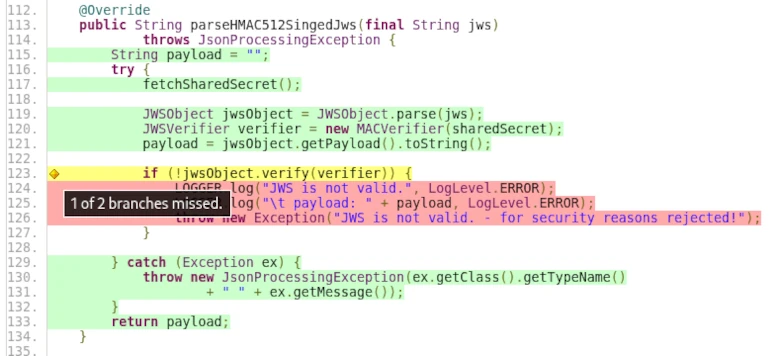






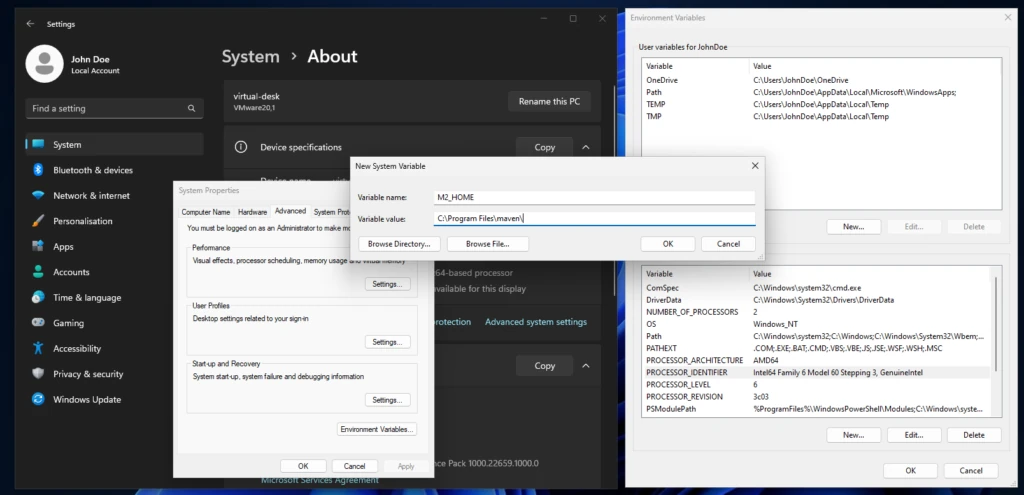



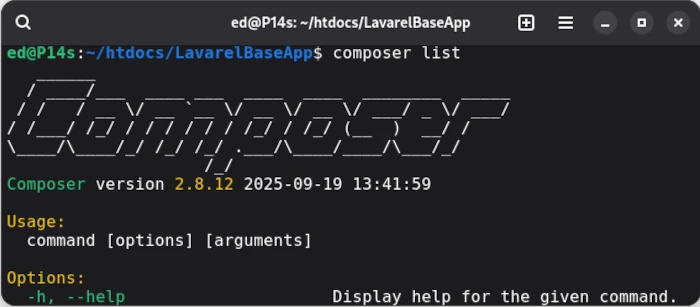
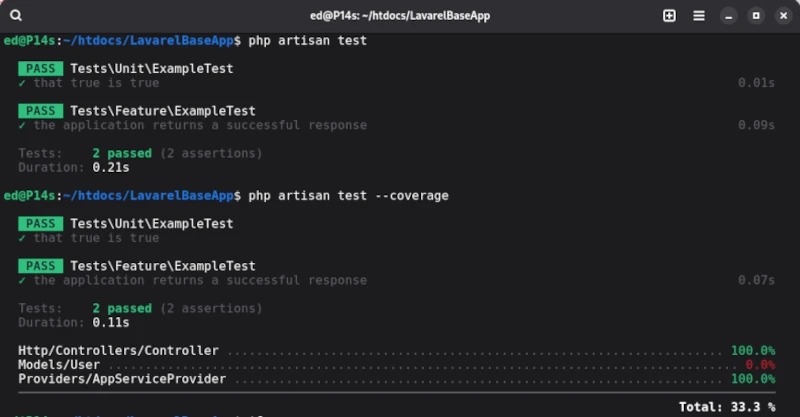




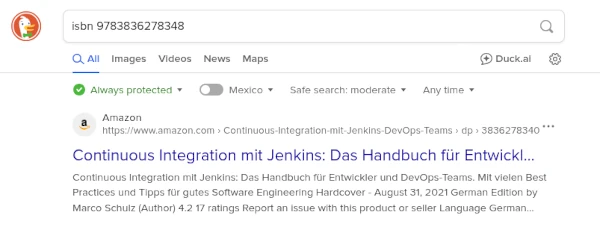
![Apache Maven [en]](https://elmar-dott.com/wp-content/uploads/kick-off-queue-billard-870x570.webp)



